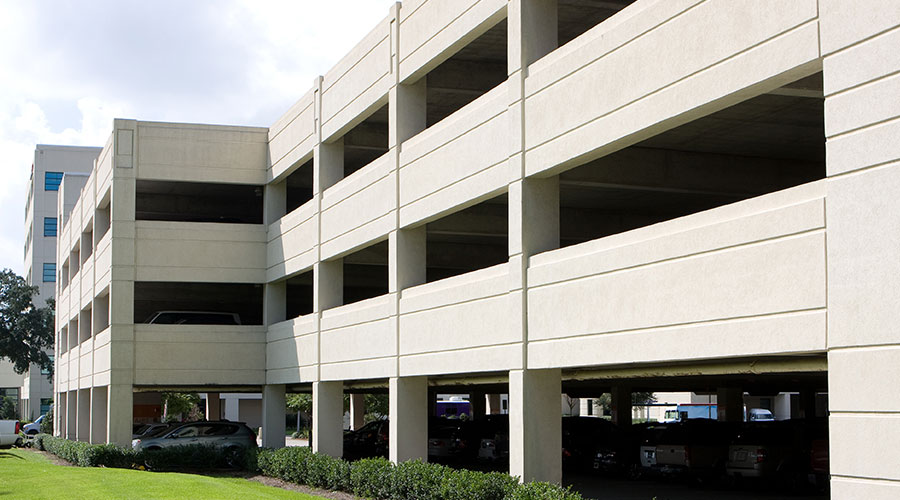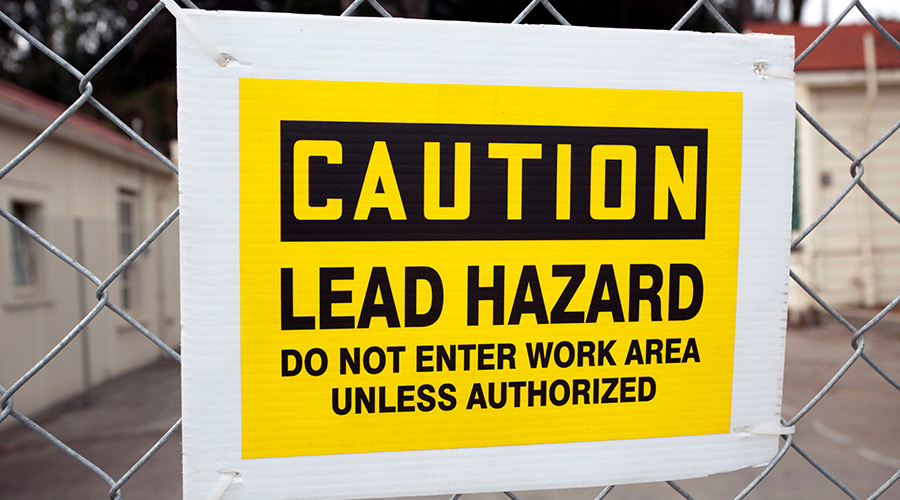Infrared Imaging: Link Between Temperature & Equipment Failure
Many managers do not fully understand the link between temperature and the progression to failure. The link often is not even predictable. It is a given that electrical connections generally should operate at or near the ambient air temperature. The temperatures at which metals melt, greases fail to function or, in extreme cases, combustion begins are also well-known.
But these alarms are not very useful in helping prevent excessive damage to equipment and assets , nor the collateral damage resulting from a catastrophic failure.
Despite the growing use of predictive-maintenance practices, infrared thermography is not a technological crystal ball that can help managers and technicians predict the future. It will never reveal that a component is going to fail next week, next month or next quarter. The best a thermographer can do is locate a problem — hopefully, well in advance of failure — and capture information managers can use to make informed maintenance decisions.
To do that, managers need to prioritize problems based on more than just temperature alone. They need to consider all relevant factors, including equipment criticality, the cost of failure, the availability of spare parts, and the safety of technicians and building occupants should a failure occur.
Environmental Conditions
Contributing to the misconceptions surrounding temperature measurement is the role of environmental influences, including wind and solar loading. Both can significantly impact the images the units produce. Due to convective cooling, wind velocities — both outside and inside — can dissipate thermal signatures, which turn apparent serious thermal anomalies into seemingly minor hot spots and make small thermal problems simply disappear.
Technicians should modify procedures for indoor electrical inspections so only a few enclosures are open at one time. Past practices of opening a row of enclosures to conduct an inspection meant the equipment cooled down, due to convective cooling from the environment. As a result, technicians were not producing images of similar components under similar conditions, leading to varying results.
Thermographers also need to consider past, present and future loading conditions when running a route. Under light loads, problems related to abnormal electrical resistance or excessive mechanical friction simply might not be evident. Failing to understand this fact, some managers have even scheduled work during shutdowns because it was more convenient.
The National Fire Protection Association (NFPA) standard, NFPA 70B, Recommended Practice for Electrical Equipment Maintenance, suggests technicians conduct infrared electrical inspections with a 40 percent load or greater. For some systems — such as electrical-distribution networks, where loads at some point will reach the design maximum — even a 40 percent minimum will not necessarily produce detectable thermal signatures. The problems still exist, but technicians cannot see them. Also, thermographers need to consider the results if loads increase when the camera detects a seemingly minor anomaly at low loads.
Related Topics:













